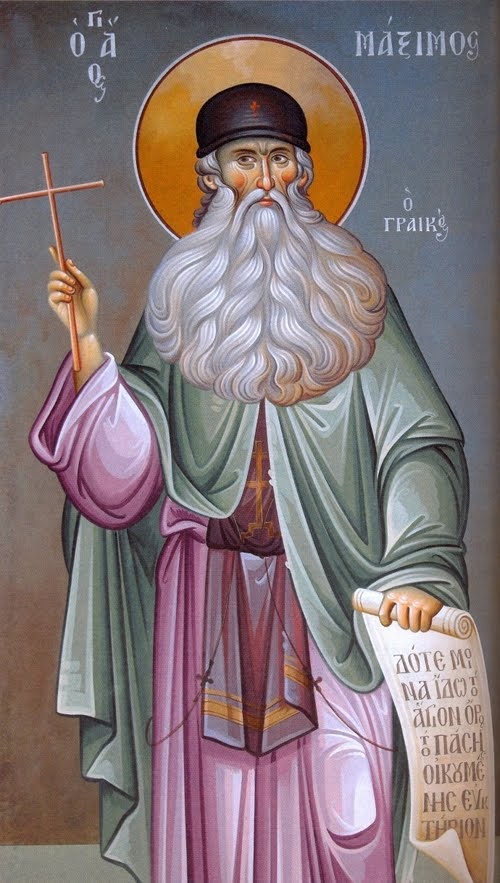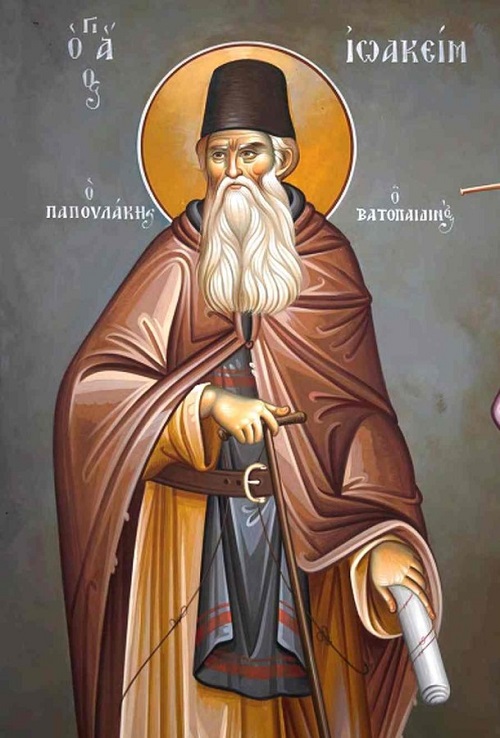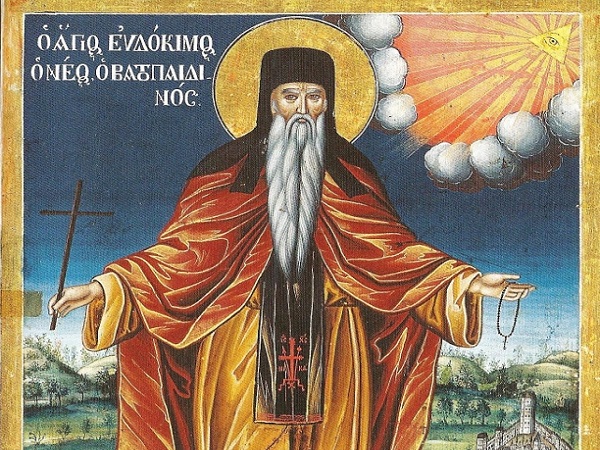
Georgios Martzelos
In a monastery such as Vatopaidi, with so rich a history and spiritual tradition, the saints who have lived and been active in it give us a striking picture not only of its history, but also of its spiritual identity. Naturally, although it has not been only the few recognised as saints, but also its many unknown and unrecognised saints who have contributed to the shaping of the history and spirituality of the Monastery, nevertheless the study of the life and personalities even of its few known saints is the surest means to acquaint oneself with its spiritual influence throughout the course of its history.

Particularly in the Byzantine and post-Byzantine periods, the Monastery of Vatopaidi emerges, through its saints, as the most important centre of Hesychasm, of opposition to union with Rome, and of enlightenment on Mount Athos. Precisely for this reason, it is no accident that saints of the spiritual stature of St Gregory Palamas, the champion of the Hesychast tradition, and of St Maximos the Greek, renowned for his missionary work in Russia, were nourished in the spiritual atmosphere of Vatopaidi, while a delegation from the Monastery had taken part in the Council of Ferrara-Florence along with St Mark Eugenicus, who had close ties with Vatopaidi and entertained a fervent desire to live the monastic life there.

If, then, a monastery has an established place in Orthodox tradition only as a spiritual workshop for the production of sanctity, a study of its saints tells us what has been its contribution to the shaping of spiritual evolution of each period and what level of spiritual development it has attained during its age-long history.
With this in mind, it is possible to appreciate how important for the illumination of the spiritual picture of the Vatopaidi Monastery during the course of time its saints are. In chronological terms, they cover a period of ten centuries and illustrate all the phases of the part played by the Monastery before the historical and spiritual challenges of each age. It is our hope that this picture will be made clear by even a brief presentation of the more important and better-known saints of the Monastery.
These saints are for the most part those whose lives are associated with crucial phases in the history of the Monastery in the 10th and 14th centuries, and, having lived a life of sanctity, fell asleep in the Lord, leaving the fame of their holiness alive in the Monastery.
